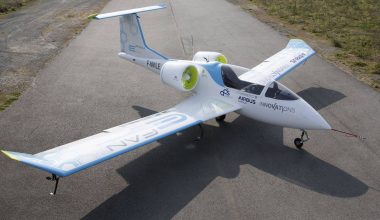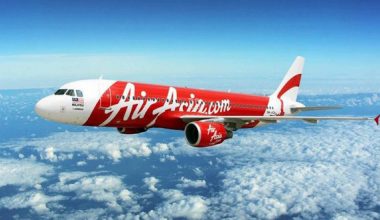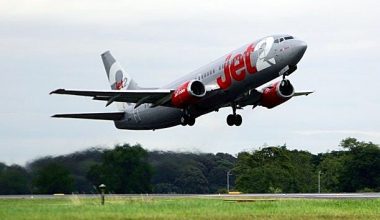Toulouse-based ATR and Canadian manufacturer Bombardier share the large-turboprop market as a duopoly. These two manufactures are competing head-to-head however; ATR (jointly owned by Airbus and Leonardo of Italy) has a backlog of 250 aircraft mostly for the 68-78-seater ATR 72-600 whereas Bombardier has only 31 orders left for its Q400 turboprop aircraft.
ATR is also seen dominant in-service numbers as Aviation Week’s 2017 Commercial Aviation Fleet & MRO Forecast estimates a global ATR 72 fleet of 921 aircraft in 2017, versus 539 Q400s. ATR 72-200 freighters represent about 10% of the active ATR 72 fleet; the rest are split fairly evenly between ATR 72-500s and the newer -600 variant. By 2022 there will be almost 1,300 ATR 72s in service.
ATR 72 was not popular to leasing companies until 2010 but now own a quarter of the global fleet. Nordic Aviation Capital (NAC) with roughly 130 ATR 72s is the largest leasing company of ATR. Yeti Airlines, a private airliner of Nepal received its first ever ATR 72-500 from NAC.
After a disappointing 2016 in which ATR picked up only 36 orders, it recovered strongly this year with an order for 50 ATR 72-600s from Indian budget carrier IndiGo. ATR won 89 orders in the first half of 2017, including 75 for the 72-600 and 14 for the smaller 42-600.
According to the Commercial Aviation Fleet and MRO Forecast, the total value of ATR 72 maintenance is at $1.12 billion in 2017 and predicts that it will rise by 10% each year reaching $1.64 billion in 2021.
Airline companies from Nepal are also the successors for ATR Company. Currently, Buddha Air is operating its flight with seven ATR aircraft (3 ATR 42-320 and 4 ATR 72-500) and is about to introduce additional ATR 72 soon. Likewise, Yeti Airlines is following the footstep of Buddha as it introduced ATR 72 recently. Yeti is planning to add more ATRs in the future.






